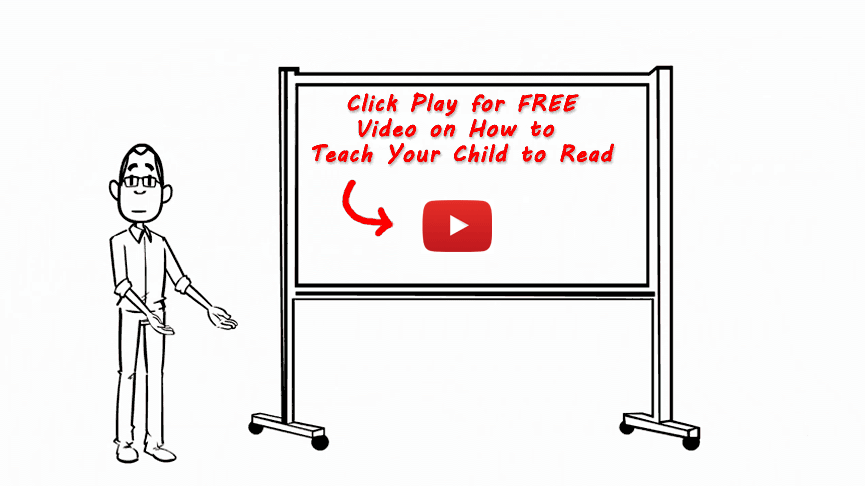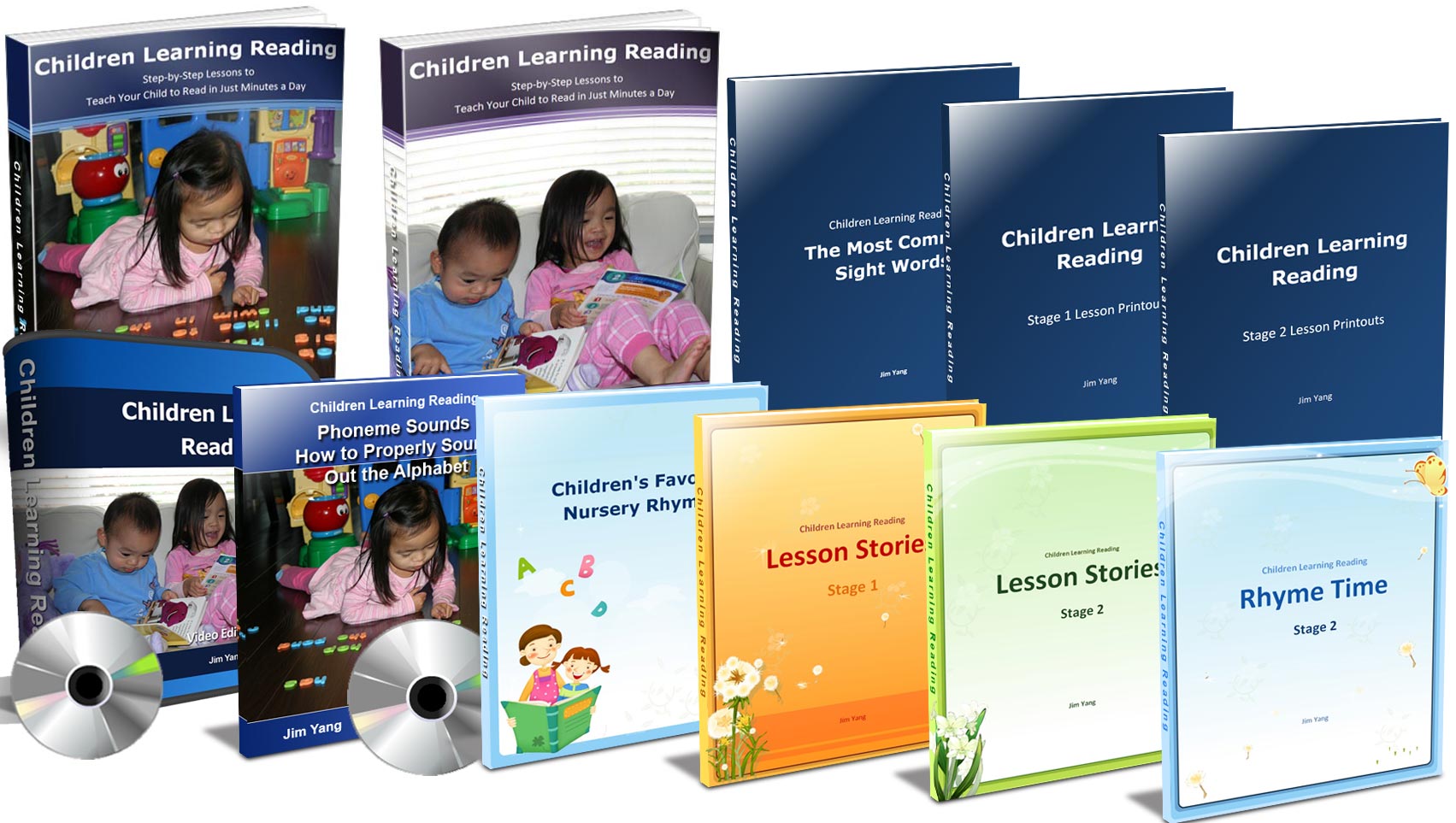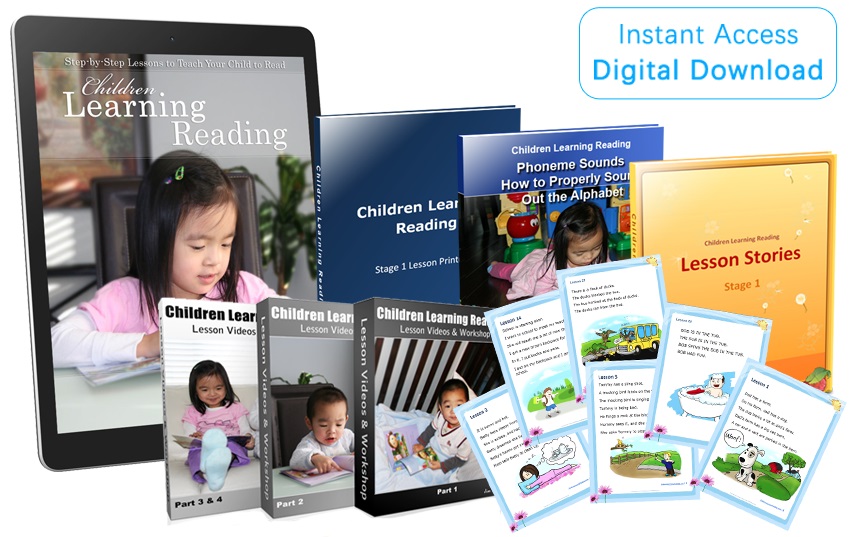Still under construction… (The high quality, colorful worksheets designed to engage children in fun and stimulating phonics and phonemic awareness activities are available to be purchased here along with the Children Learning Reading Program. The low quality Phoneme Isolation worksheets: Coming Soon)
Worksheets That Will Help With Phoneme Identification And Phoneme Isolation
You will know that the real secret behind the success of Jim Yang’s Children Learning Reading program is the focus on phonemic awareness and a critical aspect of this is the development of your child’s ability to identify phonemes and isolate phonemes.
We have some very high quality worksheets on offer that make the development of phonemic identification and isolation skills really fun and engaging for your child. The worksheets can be ordered along with the Children Learning Reading program.
Phonemic Isolation Explained
The identification and isolation of phonemes are different concepts and high quality worksheets are available for both activities.
With phoneme isolation your child will be able to identify each individual sound that makes up a word and know the exact position of these sounds within the word. It is all about understanding where an individual sound appears in specific words.
Your child needs to be able to identify where a sound appears in a given word or the position of a specific sound in a word. The ability to do this is essential for the literacy development of your child as well as their overall language development.
Once your child has mastered phoneme isolation they will be able to answer accurately when asked the question “does the /r/ sound come at the start, the middle or the end of the word car?”
To really check their progress you can ask your child “what sound comes in the middle of the word car?” When your child has truly advanced they will be able to perform phoneme isolation on longer words that have more than one syllable.
As an example of phoneme isolation you can use the word “cat” and ask your child to tell you where the /t/ phoneme is located within the word. The possible answers are the start, the middle or the end of the word. The correct answer is at the end of the word.
Phoneme Identity Explained
Here you will be developing the skill of identifying the same sounds that occur in different words. As a simple example you can take three words “cat”, “pot” and “sit” and ask your child to identify the common sound. If they identify the /t/ sound at the end of each word then they will have done this correctly.
The main aim of this is to teach your child that words in the English language are made up of different phonemes and that when they learn these different sounds and how they combine with each other to form words they will develop their decoding skills and enhance their reading ability.
Again mastering phonemic identification will play a significant role in your child’s literacy and general language development. This can start with the identification of phonemes at the start and end of words and then progressing to identifying phonemes at the end of words with silent endings such as “candle” where /l/ would be the phoneme.
Once your child has mastered this level of phoneme identity they can progress to matching medial phonemes. A medial phoneme is a combination of sounds together. Consider the words “heart” and “barn”. The medial phoneme here is /ar/.
More complex is vowel identification where a child will be able to identify the same vowel being used in two different words where the sound of the vowel is different such as in the words “nose” and “fog”.
Once your child is adept at phoneme identification they will be able to answer accurately a question such as “what is the common sound in “hat, “hand” and “hold” and they will answer /h/.
Example Training
Sound Recognition With Trains
You can create a really fun teaching exercise by using a toy train set or by using cards and pictures. You can ask your child to draw a train engine and carriages on separate pieces of paper if you don’t have a train set.
Begin with the train engine and the last carriage on the track or table. You will now need to provide a demonstration to your child. Use a colored block and tell your child that you are going to speak a nonsense word.
Use the “oo” sound as the last sound in “moo”. So place the “oo” block onto the last carriage to represent the last sound of the word. Now demonstrate the “mmm” sound as the starting sound and place this on the engine as the front sound.
After this ask your child to ride with the “moo” train. You have the “mmm” at the front (engine) and the “oo” right at the back (final sound).
Now it is time for your child to try this. Return the blocks and select a new block and tell them that you have another nonsense word and this is “raa”. This has the “rr” sound and your child needs to decide where the block should be placed.
Give your child some time to think about this and make a decision. You can repeat the sound “raa” to try and help them. If they make the wrong choice then repeat the whole sound to them to try and help.
Once they have made the right choice then choose another block and make the “aaa” sound and ask them to place this on the right part of the train.
When your child is proficient with two sound phoneme isolation then add another carriage and work on words that have three sounds. After this you can progress to words that contain more sounds.
Worksheets For Phoneme Isolation
Printable worksheets for phoneme isolation activities are available that contain full instructions on how to help your child isolate phonemes in a fun and engaging way.
Your child will see images of objects and then be asked where a specific phoneme appears in the words. So for example if the three objects were a “top”, a “hat” and a “toy” the child would be asked where the /t/ phoneme appears for each word. If they answer first in “top, last in “hat” and first in “toy” then they would be correct.
Worksheets For Phoneme Identity
Printable phoneme identity worksheets are also available with full instructions to make this a fun activity for your child.
The worksheets contain images of objects and the idea is that your child will identify the phonemes that are common to the words. So as an example you might see three images of a “cat’ a “hat” and a “mat” and you can ask your child to identify the common phonemes. If they are able to tell you that there are two common phonemes /a/ and /t/ then they would be correct.
These worksheets are fun and will stimulate your child’s phonemic awareness and help them develop into fluent readers. Click the link here to order them with the Children Learning Reading Learning program.
Do you want to teach your child to read easily and effectively in only 12 weeks? Then click here for the most effective reading program for children of any age.





